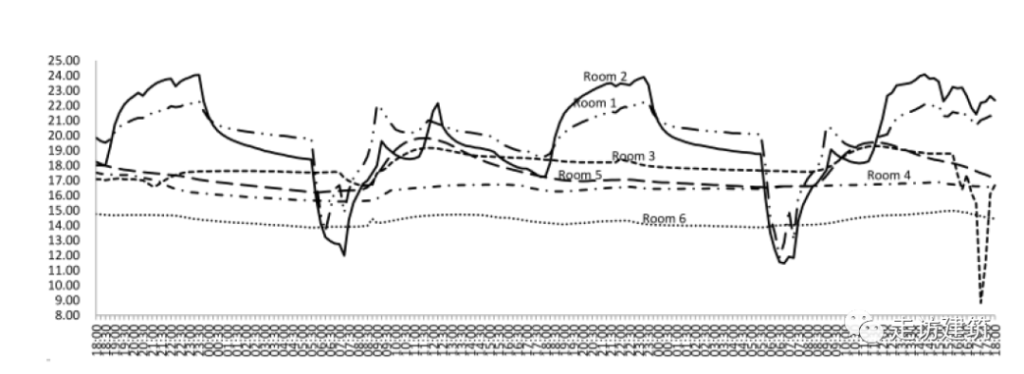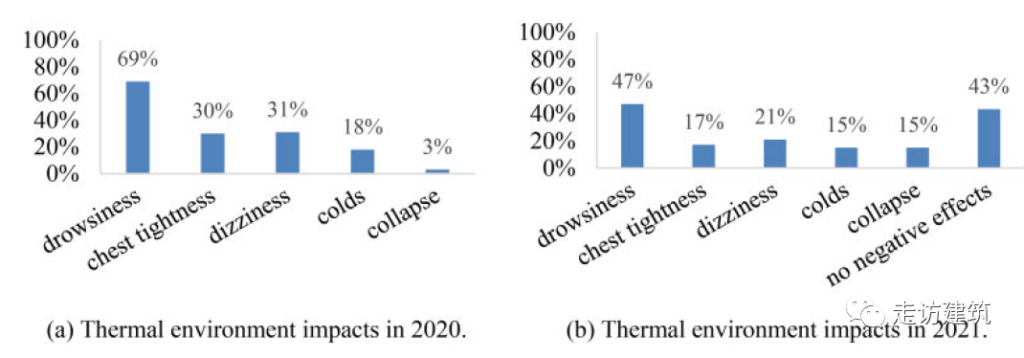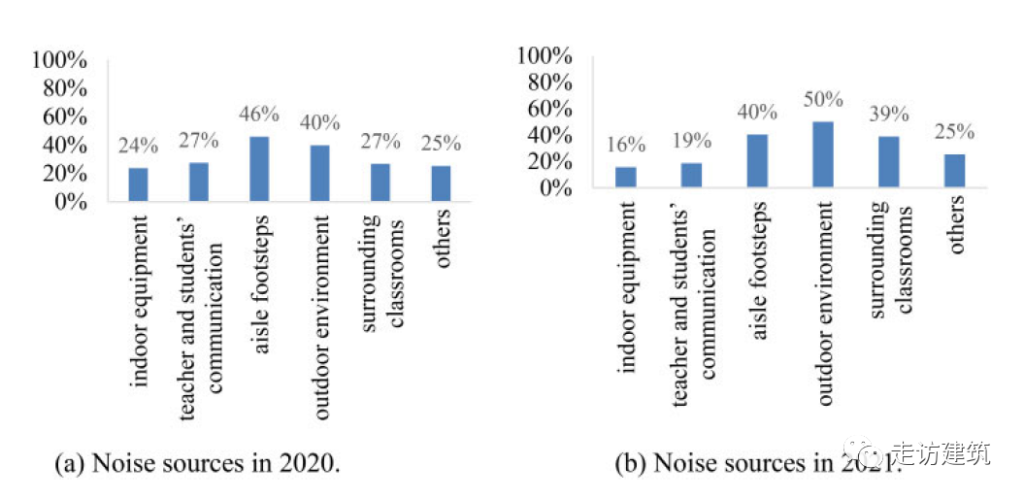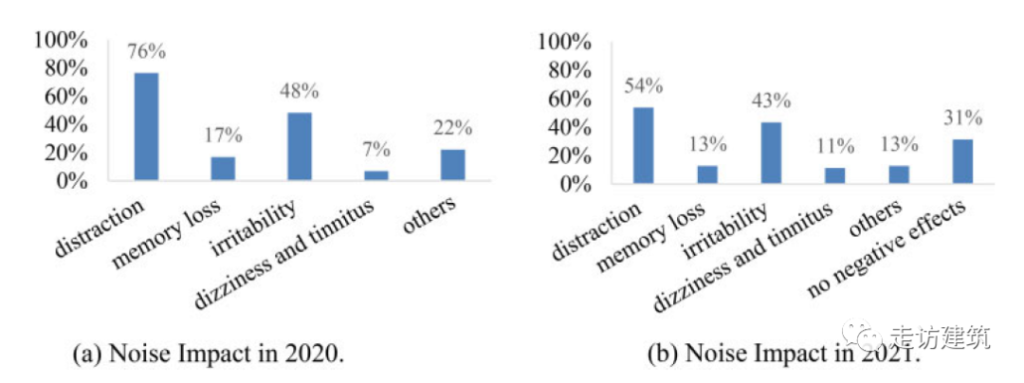Post-occupancy evaluation of indoor acoustic and thermal environment in college classrooms in cold regions of China
ABSTRACT: In this paper, the temperature and humidity of a teaching building in a university in a cold region were measured by temperature and humidity recorder for 49h, and the thermal and acoustic environment of the classroom was evaluated by questionnaires. In this paper, we find that most of the classrooms basically did not reach 18◦C, and the humidity was also low than 30%, which cannot meet the standard requirements. We also find that compared with temperature satisfaction, students were less satisfied with noise and had more negative effects. To resolve these questions, the thermal insulation layer for exterior wall, humidifier or green plants for interior space and soundproof windows and doors for inner partition wall are necessary.
摘要:本文对寒冷地区某高校一栋教学楼进行温湿度实测,并通过问卷对教室的热、声环境进行使用后评价,实测温度表明,多数教室基本达不到 18℃,湿度也较低。主观问卷结果表明,与温度满意度相比,学生对噪声的满意度更低,消极影响更多。
引用格式:Li, Q., Meng, Q., Chu, J., Li, Z., Wen, Z., & Tang, X. (2022). Post-occupancy evaluation of indoor acoustic and thermal environment in college classrooms in cold regions of China. In Advances in Petrochemical Engineering and Green Development (pp. 446-456). CRC Press.
论文插图:

Figure 1. A general plan of teaching building.

Figure 2. Distribution of the tested rooms on the plans.

Figure 3. Classroom temperature distribution.

Figure 4. Classroom humidity distribution.

Figure 5. Indoor temperature feeling.

Figure 7. Humidity feeling.

Figure 8. Humidity expectations.

Figure 9. Thermal environment impacts.

Figure 10. Feeling of indoor noise in 2020.

Figure 11. Noise expectations.

Figure 12. Noise sources.

Figure 13. Noise impact.


